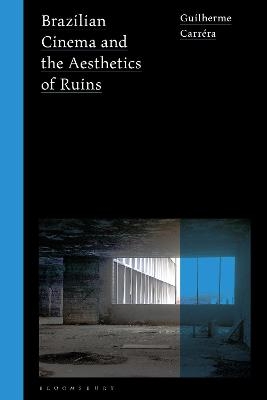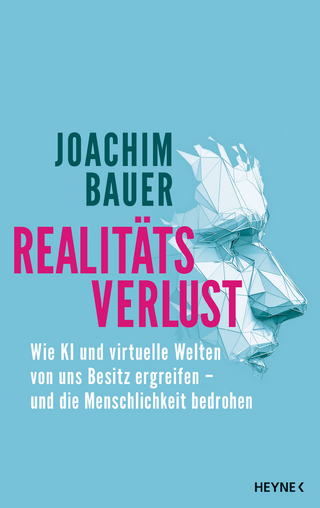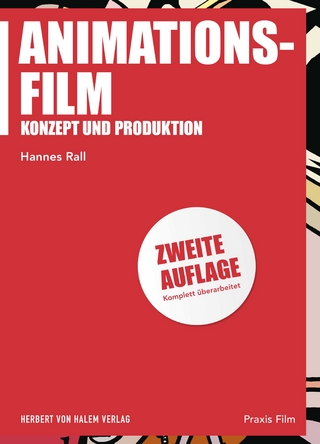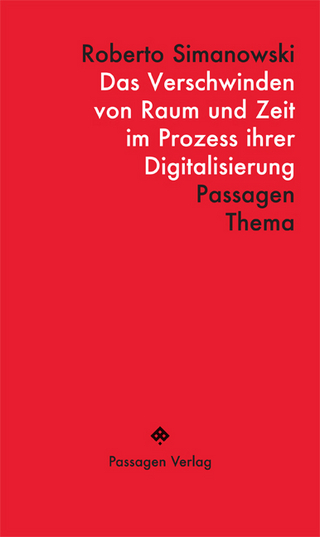
Brazilian Cinema and the Aesthetics of Ruins
Bloomsbury Academic (Verlag)
978-1-350-20302-0 (ISBN)
Winner of the Association of Moving Image Researchers (AIM) 2022 Award for Best Monograph.
Guilherme Carréra’s compelling book examines imagery of ruins in contemporary Brazilian cinema and considers these representations in the context of Brazilian society. Carréra analyses three groups of unconventional documentaries focused on distinct geographies: Brasília - The Age of Stone (2013) and White Out, Black In (2014); Rio de Janeiro - ExPerimetral (2016), The Harbour (2013), Tropical Curse (2016) and HU Enigma (2011); and indigenous territories - Corumbiara: They Shoot Indians, Don’t They? (2009), Tava, The House of Stone (2012), Two Villages, One Path (2008) and Guarani Exile (2011). In portraying ruinscapes in different ways, these powerful films articulate critiques of the notions of progress and (under) development in the Brazilian nation.
Carréra invites the reader to walk amid the debris and reflect upon the strategies of spatial representation employed by the filmmakers. He addresses this body of films in relation to the legacies of Cinema Novo, Tropicália and Cinema Marginal, asking how these presentday films dialogue with or depart from previous traditions. Through this dialogue, he argues, the selected films challenge not only documentary-making conventions but also the country’s official narrative.
Guilherme Carréra is a Brazilian film researcher and curator. He holds a PhD in Film awarded by the University of Westminster. His project was sponsored by the CAPES Foundation (Ministry of Education, Brazil).
Figures
Acknowledgements
Introduction: In search of Brazilian ruins
Part One
Framing the ruins: From Cinema Novo to contemporary Brazilian documentary
1: A realm for the ruins of Brazil
2: Cinema Novo: A country in crisis
3: Documentary in the wake of Cinema da Retomada
Part Two
The other side of progress: Cinematic (re)constructions of Brasilia
4: A controversial spatiality: Myth and apartheid
5: Realism under erasure or not quite: New imagery and storytelling
6: The Age of Stone : The uchronic mode of a monument
7: White Out, Black In : Exploding the Third World from a laje point of view
Part Three
Constructing ruins in Rio de Janeiro: An intermedial visualization of failing projects
8: Tropicalia: An intermedial counterculture
9: The rubble as the legacy: A ruin for the World Cup and the Olympics
10: The Carmen Miranda ruinous spaceship in Tropical Curse
11: A lame-leg architecture: Half-hospital, half-ruin in H U Enigma
Part Four
The long-standing ruination: Indigenous territory in dispute
12: Setting the ground: Cinema Novo and indigenous representation
13: The Video nas Aldeias case: For an indigenous media to emerge
14: ‘Here, in this scenario of destruction …’: Territory of ruins in Corumbiara
15: Made of stone and ruins: Indigenous filmmaking in Tava, The House of Stone, Two Villages, One Path and Guarani Exile
Conclusion: A walk amid the cinematic ruins
Notes
References
Filmography
Index
| Erscheinungsdatum | 17.12.2021 |
|---|---|
| Reihe/Serie | World Cinema |
| Zusatzinfo | 60 bw illus |
| Verlagsort | London |
| Sprache | englisch |
| Maße | 156 x 234 mm |
| Gewicht | 718 g |
| Themenwelt | Kunst / Musik / Theater ► Film / TV |
| Sozialwissenschaften ► Kommunikation / Medien ► Medienwissenschaft | |
| ISBN-10 | 1-350-20302-5 / 1350203025 |
| ISBN-13 | 978-1-350-20302-0 / 9781350203020 |
| Zustand | Neuware |
| Informationen gemäß Produktsicherheitsverordnung (GPSR) | |
| Haben Sie eine Frage zum Produkt? |
aus dem Bereich


